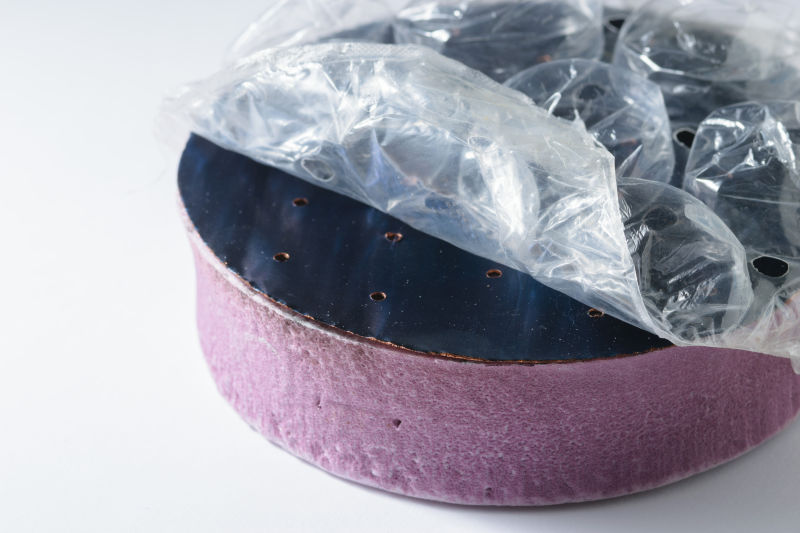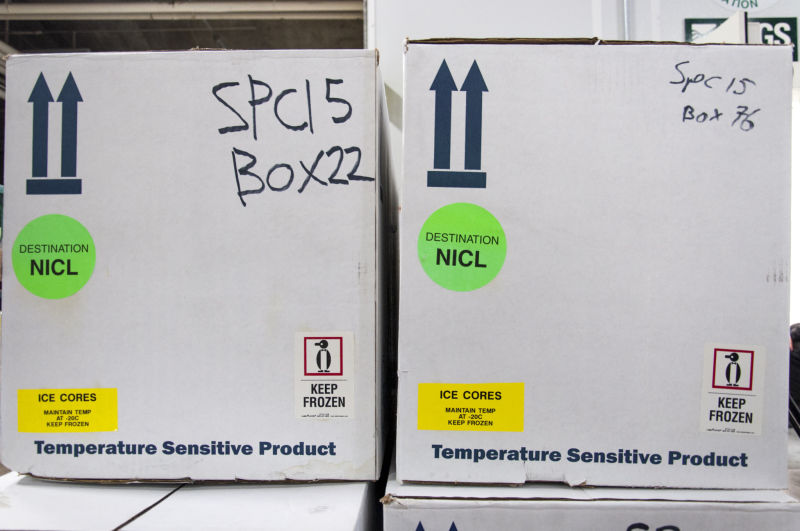
Enlarge / USGS map showing the epicenter of Saturday's earthquake (star) and contours of estimated shaking intensity. (credit: USGS)
Update: Saturday's earthquake was initially estimated at a magnitude 5.6, tying it with a 2011 earthquake near Prague for the largest seen in Oklahoma in recent years. After further analysis to compare the two events, the USGS has upped the estimated magnitude for Saturday's earthquake from 5.6 to 5.8. They also ended up revising the estimate for the 2011 earthquake upward to 5.7. In a press release, USGS geophysicist Gavin Hayes explained, “While the difference in size between the two events is less than 0.1 magnitude units, rounding magnitudes to one decimal place means that the magnitude of the Prague earthquake is Mw 5.7, and the Pawnee earthquake is Mw 5.8.”
So by a slim margin, the Pawnee earthquake sets a new record for Oklahoma—although the limited data recorded during earthquakes in 1952 and 1882 prevents precise estimates of their magnitude, which are believed to have been between 4.8 and 5.7.
Original story: Oklahoma has suddenly become a seismic state over the last decade, as an abundance of small earthquakes has accompanied the expanded use of deep injection wells. The wells are used to dispose of wastewater that would be expensive and difficult to treat. Instead, it gets pumped into salty aquifers that are already unsuitable sources of drinking water. Most of the wastewater is separated from oil and gas produced from wells in the region—some of which involve fracking, but many of which are older, “conventional” wells.








